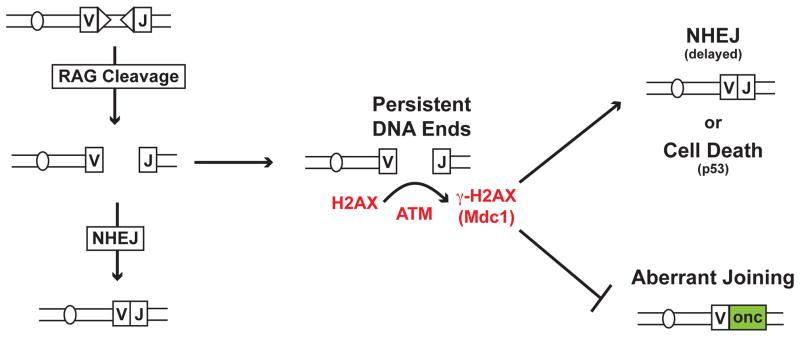Figure 3. Pathways that maintain genomic stability.
RAG DSBs are repaired efficiently by NHEJ. However, rare un-repaired RAG DSB must eventually be resolved by NHEJ or, if they persist un-repaired, must promote cell death to prevent their aberrant resolution as potentially dangerous chromosomal lesions. In this regard, the ATM-dependent phosphorylation of H2AX, forming γ-H2AX, and MDC1, which binds to γ-H2AX, prevents persistent un-repaired RAG DSBs from being resected in a way that allows them to access aberrant joining pathways in G1-phase lymphocytes. Thus, H2AX may maintain the structure of the DNA end in G1-phase cells such that it is either joined normally by NHEJ or activates p53-mediated cell death if it persists unjoined.

